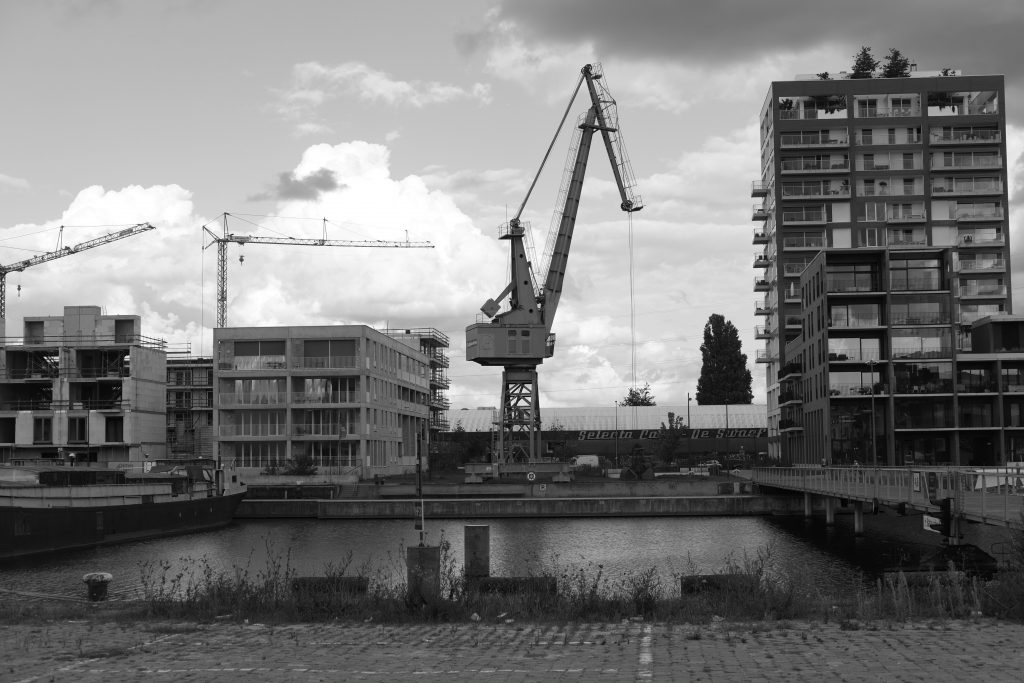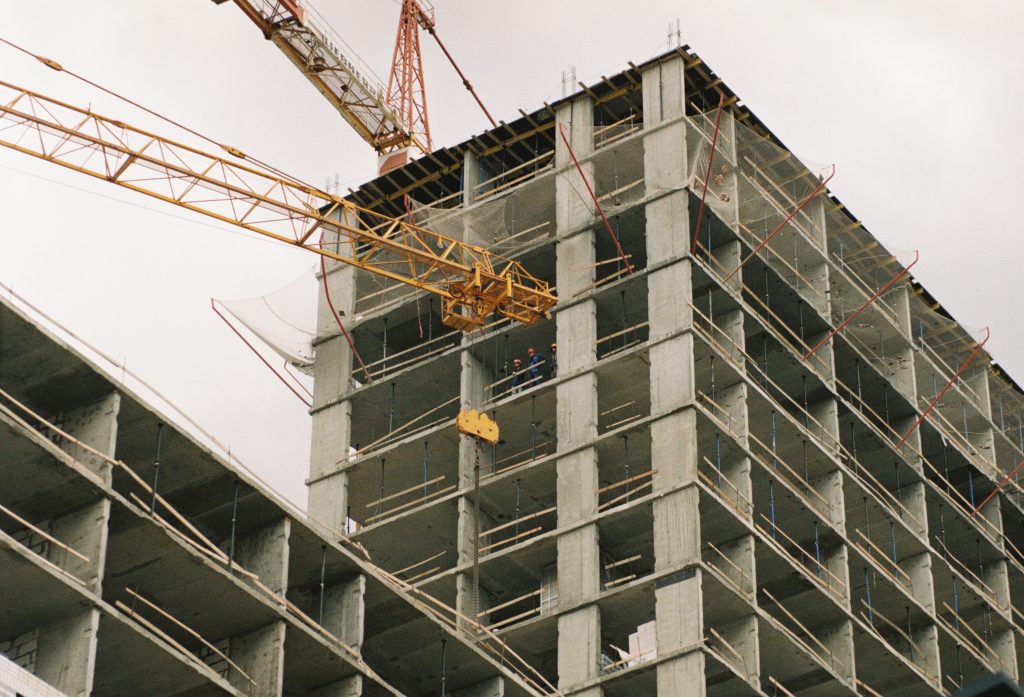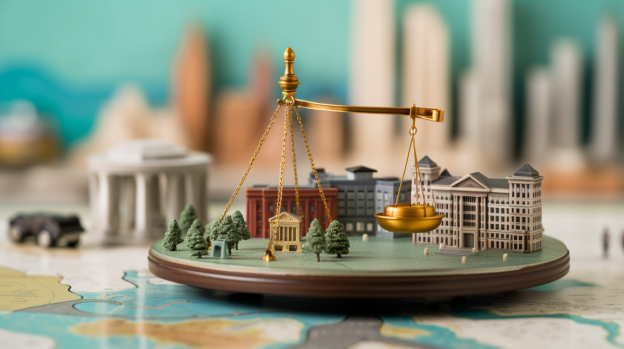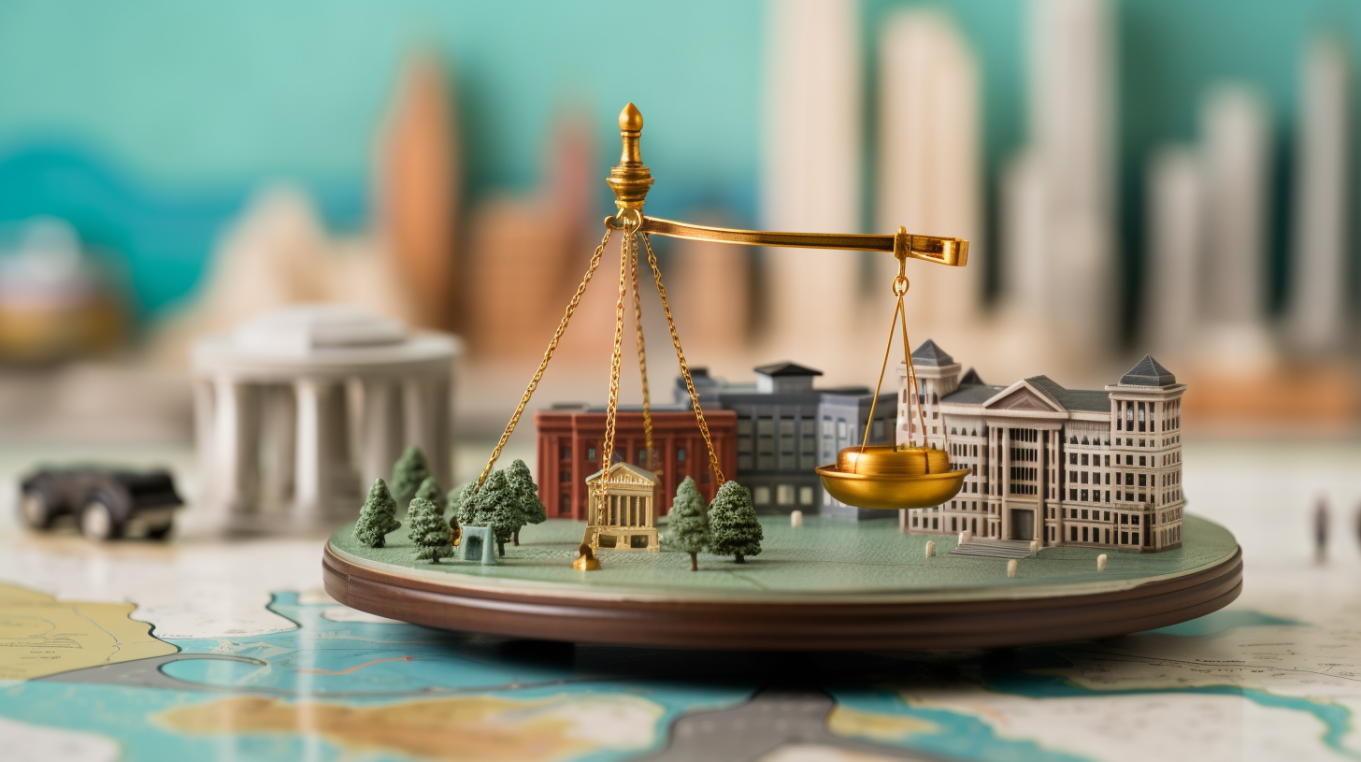Are you facing issues with construction defects? Wondering what your legal rights are and how to protect yourself? In this article, we will provide you with valuable information and guidance on construction defect litigation. From addressing common legal concerns to reassuring you about your options, we aim to create an emotional connection while delivering important details. If you need more information or assistance, don’t hesitate to call the attorney listed on our website. We’re here to help you navigate through this process and seek the best resolution for your situation. Remember, your peace of mind is our priority.
What is Construction Defect Litigation?
Construction defect litigation refers to the legal process of resolving disputes or seeking compensation for defects in construction projects. When a construction project has defects that affect the functionality, safety, or value of the property, litigation may be necessary to hold the responsible parties accountable and obtain the necessary remedies.
Defining Construction Defects
Construction defects are issues or flaws in the construction process that result in the failure or poor performance of a building or structure. These defects can be related to design, materials, workmanship, or other factors. They can range from minor issues that require repairs to major problems that render a property uninhabitable or pose safety risks.
The Legal Aspect
Construction defect litigation involves navigating the legal system to pursue compensation or resolution for construction defects. It requires understanding relevant state laws and building codes, conducting investigations, gathering evidence, and presenting a compelling case in court or during settlement negotiations.
Common Types of Construction Defects
Structural Defects
Structural defects are among the most significant and potentially dangerous types of construction defects. These defects can compromise the integrity of the building, leading to severe consequences such as collapses, foundation issues, or compromised load-bearing capacity. Structural defects may result from inadequate design, poor construction techniques, or the use of substandard materials.
Water Intrusion
Water intrusion refers to the penetration of water into a building through cracks, leaks, or other openings. It can lead to significant damages, including mold growth, rotting wood, and damage to electrical systems. Water intrusion can occur due to improper installation of waterproofing materials, flawed design, or subpar construction practices.
Roofing Issues
Roofing defects can cause significant problems, such as leaks, poor insulation, and structural damage. These defects can arise from faulty installation, inadequate materials, or design flaws. A defective roof not only compromises the safety and functionality of a property but also exposes it to water damage and other issues.
Electrical and Plumbing Problems
Electrical and plumbing defects can range from faulty wiring and inadequate electrical systems to leaky pipes and plumbing fixtures. These defects can pose safety hazards, damage property, and disrupt the normal functioning of a building. Poor installation, substandard materials, or code violations can contribute to these issues.
Mold and Indoor Air Quality
Mold and indoor air quality defects are a significant concern for occupants. Mold growth can result from water intrusion, high humidity levels, or inadequate ventilation. Poor indoor air quality can cause health problems, including respiratory issues and allergies. Identifying the source of the problem and addressing it promptly is essential to ensure a safe and healthy living or working environment.
Defective Materials and Workmanship
Defective materials and workmanship can lead to a wide range of construction defects. The use of substandard or counterfeit materials, improper installation, or shoddy workmanship can result in issues such as cracks, warped surfaces, uneven flooring, or malfunctioning systems. Identifying and proving the presence of defective materials or workmanship is often crucial in construction defect litigation.

Causes of Construction Defects
Human Error and Negligence
Human error and negligence play a significant role in the occurrence of construction defects. Mistakes made during the design, planning, or construction phase can have serious consequences. Lack of attention to detail, failure to follow industry best practices, or inadequate supervision can all contribute to the occurrence of defects.
Substandard Materials
The use of substandard materials is another common cause of construction defects. Contractors or builders may cut corners by using inferior or counterfeit materials to save costs, leading to compromised quality, durability, and safety of the structure. Checking the quality of materials and ensuring compliance with industry standards is crucial to avoid these types of defects.
Design Flaws
Design flaws can contribute to construction defects, even if the construction process is flawless. Deficiencies in the original design, inadequate structural calculations, or improper consideration of environmental factors can all lead to functional or structural issues in the final construction.
Failure to Follow Building Codes and Standards
Failure to follow applicable building codes and standards is a frequent cause of construction defects. Building codes are in place to ensure safety, quality, and compliance with regulations. When contractors or builders fail to follow these codes, defects can arise, endangering the occupants and compromising the integrity and value of the property.
Identifying Construction Defects
Initial Inspection
Carrying out an initial inspection is an essential step in identifying construction defects. This inspection involves assessing the overall condition of the property and identifying any visible defects or issues. Homeowners, property owners, or building professionals can conduct this inspection to uncover potential defects that may need further investigation.
Expert Opinion
In many cases, seeking an expert opinion is necessary to accurately identify construction defects and assess their severity. Construction defect experts, such as architects, engineers, or specialized consultants, can evaluate the construction project and provide a professional analysis. Their expertise can help determine the cause, nature, and extent of the defects, as well as the potential remedies or repairs required.
Testing and Analysis
In some instances, additional testing and analysis may be required to fully understand the nature of the construction defects. This can involve conducting tests such as moisture tests, structural integrity tests, or air quality assessments. These tests can provide valuable data to support the identification and investigation of defects.

Legal Remedies for Construction Defects
Contractual Remedies
Contractual remedies are often the first avenue to pursue when dealing with construction defects. These remedies involve examining the terms of the construction contract and determining the obligations and responsibilities of the parties involved. Depending on the contractual agreements, remedies may include repair and remediation clauses, cost-sharing arrangements, or dispute resolution mechanisms.
Warranty Claims
Warranty claims can be a significant legal remedy in construction defect cases. Many construction projects come with warranties, either from the contractor or the manufacturer of building materials. These warranties may cover defects or make commitments to repair or replace faulty components. Pursuing warranty claims can be an effective way to seek compensation or remedies for construction defects.
Insurance Coverage
Insurance coverage can be instrumental in construction defect litigation. Property owners, contractors, and other parties may have insurance policies that cover construction defects. This coverage can help cover the costs of repairs, legal expenses, or other damages resulting from the defects. Understanding the insurance coverage available and filing appropriate claims is crucial in seeking compensation for construction defects.
Negligence Lawsuits
Negligence lawsuits are a common legal recourse for construction defect litigation. These lawsuits typically involve alleging that the responsible parties, such as contractors, architects, or engineers, were negligent in their duties. To succeed in a negligence lawsuit, it is necessary to demonstrate that the defendants owed a duty of care, breached that duty, and caused damages as a result of their negligence.
Statute of Limitations and Repose
Time Restrictions for Filing a Claim
The statute of limitations and statute of repose are important factors to consider when pursuing construction defect litigation. The statute of limitations sets a time limit within which a claim must be filed after the discovery of the defect, while the statute of repose establishes an ultimate deadline irrespective of when the defect is discovered. These time restrictions vary by jurisdiction and type of defect, so it is crucial to seek legal advice promptly.
Exceptions and Extensions
There may be exceptions or extensions to the statute of limitations or statute of repose in certain circumstances. For example, some jurisdictions allow for tolling of the time limitations if the defect was fraudulently concealed or if the injured party was a minor or incapacitated. It is crucial to consult with an attorney to understand any exceptions or extensions that may apply to your particular situation.
Resolving Construction Defect Disputes
Negotiation and Mediation
Negotiation and mediation are often the preferred methods of resolving construction defect disputes. These approaches involve open communication, with the aim of reaching a mutually acceptable agreement outside of court. Experienced attorneys can assist in negotiations and mediations, advocating for their clients’ interests and working towards fair resolutions.
Arbitration
Arbitration is an alternative dispute resolution process that can be binding or non-binding, depending on the parties’ agreement. In arbitration, a neutral third party, the arbitrator, reviews the evidence and arguments presented by both sides and makes a decision. Arbitration can provide a faster and less formal resolution than litigation, but it is essential to carefully consider the pros and cons before opting for this method.
Litigation
Litigation involves filing a lawsuit in court and pursuing resolution or compensation for the construction defects through the judicial system. Litigation can be a complex and time-consuming process, but it may be necessary when negotiations or other methods fail to achieve a satisfactory outcome. Skilled attorneys with experience in construction defect litigation can guide clients through every step of the litigation process.
Hiring Legal Representation
Importance of an Experienced Attorney
Hiring an experienced attorney is crucial when dealing with construction defect litigation. Construction defect cases can be complex, involving multiple parties, legal nuances, and technical aspects. An attorney with expertise in construction law can navigate these complexities and provide valuable guidance throughout the legal process.
Consultation and Case Evaluation
Most attorneys offer initial consultations to discuss the details of the case and evaluate its merits. During this consultation, the attorney will assess the construction defects, review relevant contracts, and provide an initial analysis of the legal options available. This consultation allows potential clients to gain insight into their rights, responsibilities, and the potential outcomes of pursuing a construction defect claim.
Contingency Fee Basis
Many attorneys handling construction defect cases work on a contingency fee basis. This means that clients do not have to pay attorney fees upfront but instead pay a percentage of any financial recovery obtained through a settlement or judgment. This fee arrangement allows clients to pursue legal action without the burden of significant upfront costs.

Steps in a Construction Defect Lawsuit
Filing the Complaint
The first step in a construction defect lawsuit is filing the complaint with the appropriate court. This document outlines the legal claims, identifies the parties involved, and requests specific remedies or compensation. The defendant(s) will be served with the complaint, initiating the formal legal process.
Discovery Process
The discovery process involves gathering evidence, conducting depositions, and exchanging information between the parties involved. This process aims to uncover relevant facts, documents, and testimonies that will form the basis of each party’s case. Discovery plays a critical role in building a strong legal argument.
Settlement Negotiations
During the discovery process or at any other stage of the litigation, settlement negotiations may occur. Parties may engage in discussions, mediation, or other methods of negotiation to reach a resolution without the need for a trial. Skilled attorneys can represent their clients’ interests and explore settlement options that achieve a fair outcome.
Trial and Judgment
If settlement negotiations are unsuccessful, the case may proceed to trial. Each side presents their arguments, evidence, and witnesses before a judge or jury. Following the trial, the judge or jury will render a judgment, determining liability, and granting appropriate remedies or damages. The judgment may be subject to appeal depending on the jurisdiction and the parties involved.
Seeking Compensation for Construction Defects
Costs of Repairs and Remediation
One of the primary goals of construction defect litigation is seeking compensation for the costs of repairs and remediation. Depending on the nature and extent of the defects, these costs can be substantial. Seeking reimbursement for the expenses incurred to rectify the defects is crucial in ensuring that the property is restored to its intended condition.
Property Damage and Loss
Construction defects can cause damage to property, both visible and hidden. Property damage claims seek compensation for the repairs or replacement of damaged components, such as walls, flooring, or fixtures. Additionally, the loss in property value resulting from the defects may also be recoverable in certain circumstances.
Diminished Value
Construction defects can diminish the value of a property, making it less desirable to potential buyers or occupants. Diminished value claims seek compensation for the loss in market value due to the defects. Proving the diminished value can require expert appraisals and market analysis to establish the impact of the defects on the property’s worth.
In conclusion, construction defect litigation plays a crucial role in obtaining remedies and compensation for defects that can adversely impact the safety, functionality, and value of a property. By understanding the common types and causes of construction defects, identifying them through inspections and expert analysis, and pursuing legal remedies, affected parties can seek resolution and fair compensation. Hiring experienced legal representation and following the appropriate steps in the litigation process are essential in navigating the complexities of construction defect cases. If you find yourself in need of assistance with a construction defect, don’t hesitate to reach out to a knowledgeable attorney who can provide guidance tailored to your specific situation. Remember, addressing construction defects promptly can help protect your rights and preserve the value of your property.

